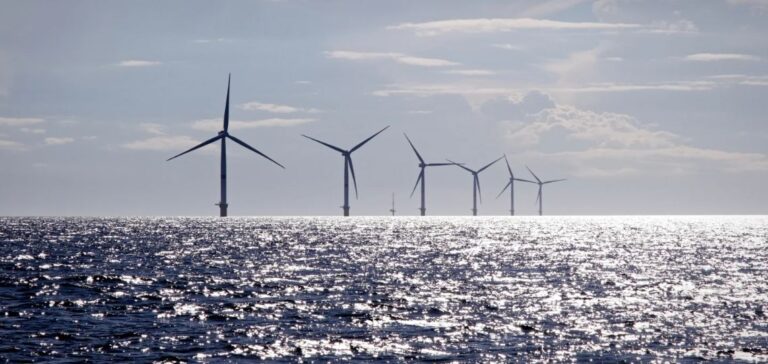Ocean Winds has received the operating authorization for its 1.125 GW Hanbando Offshore Wind project, located in South Korea’s exclusive economic zone off Incheon. The license, granted by the Electricity Regulatory Commission under the Ministry of Trade, Industry, and Energy, gives the company exclusive rights over the designated maritime area and guarantees interconnection capacity to the national power grid.
Launch of technical and environmental studies
With this approval, the company plans to conduct an environmental impact assessment, alongside on-site surveys and engineering studies. These analyses are crucial in determining the feasibility of the wind farm and ensuring its integration into the existing energy infrastructure. Obtaining this license marks a key step in the development process, which requires several regulatory approvals before the construction phase can begin.
Integration into national energy targets
This project aligns with South Korea’s energy strategy, which aims to expand its renewable energy capacity to 125.9 GW by 2038. Additionally, the Incheon region plans to develop 6.2 GW of offshore wind capacity by 2030. By directly connecting to the Seoul-Incheon metropolitan area, one of the country’s largest electricity consumption hubs, the Hanbando Offshore Wind project contributes to these national objectives.
Guzman Figar, Ocean Winds’ Country Manager for South Korea, stated that the license approval comes amid the country’s revision of its energy ambitions and the establishment of a regulatory framework specific to offshore wind development.






















